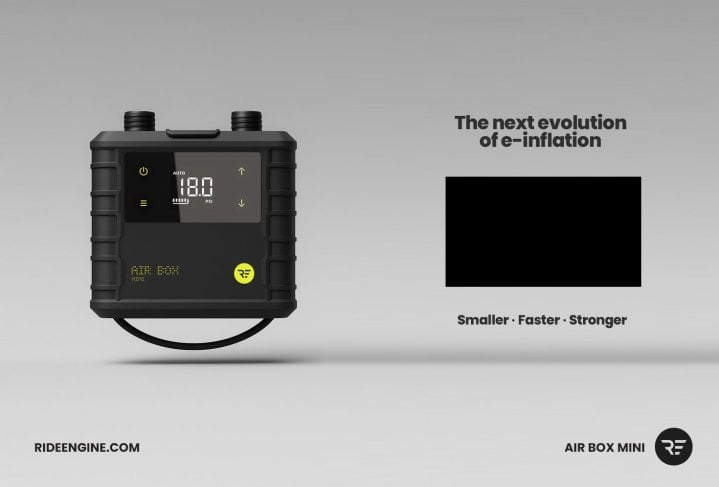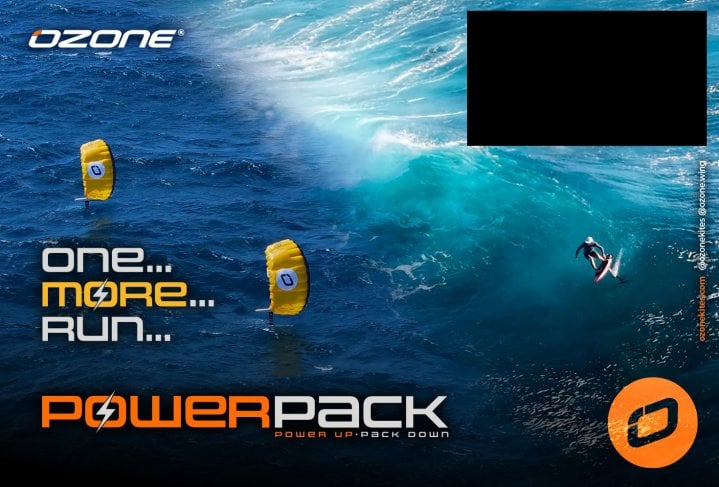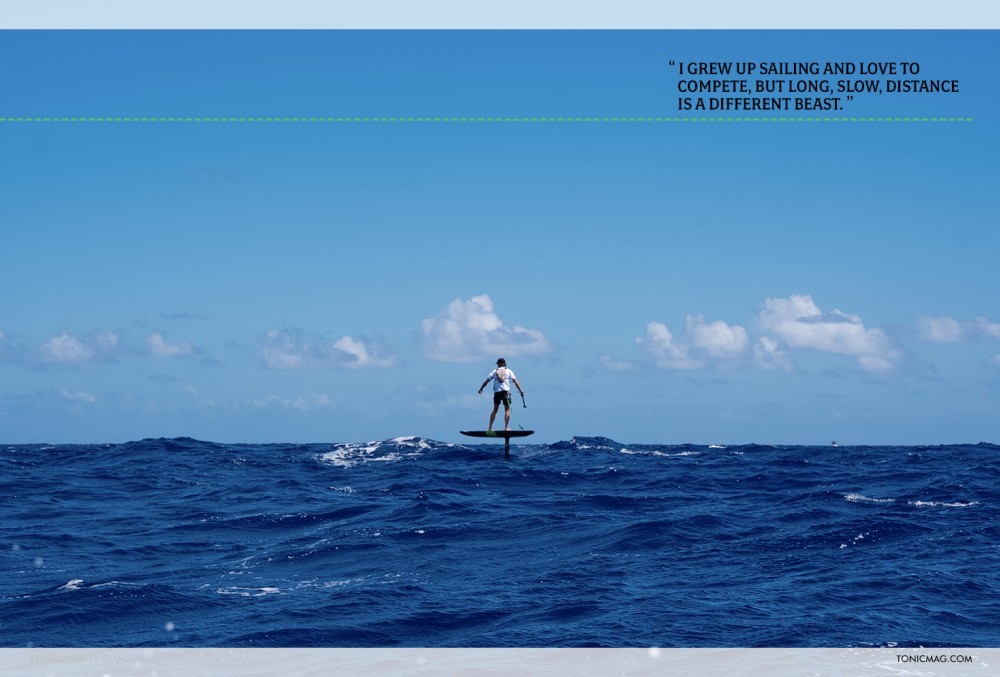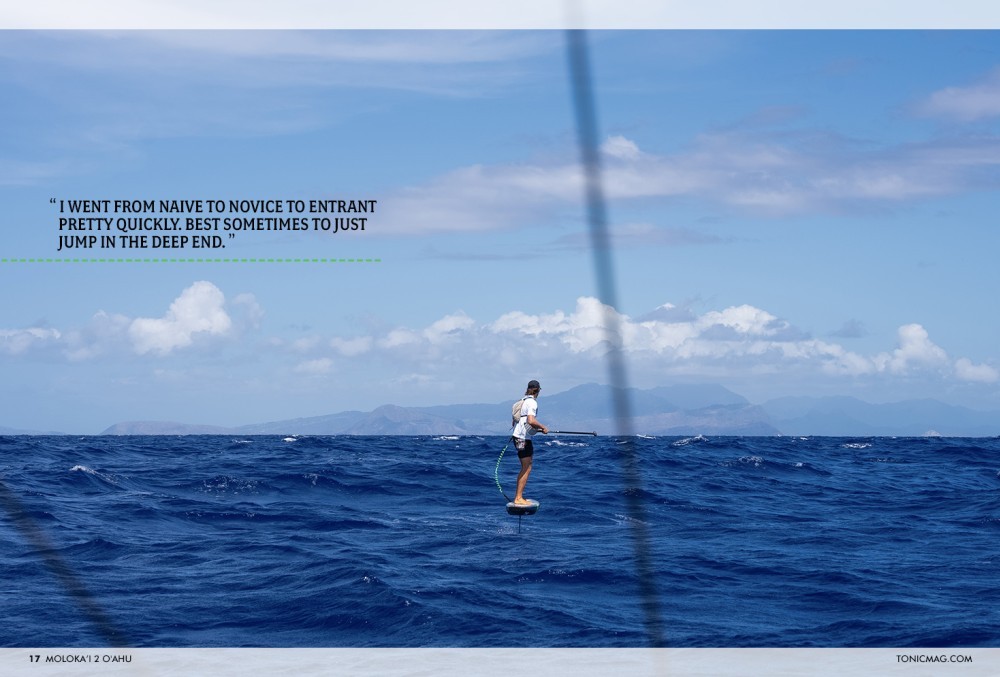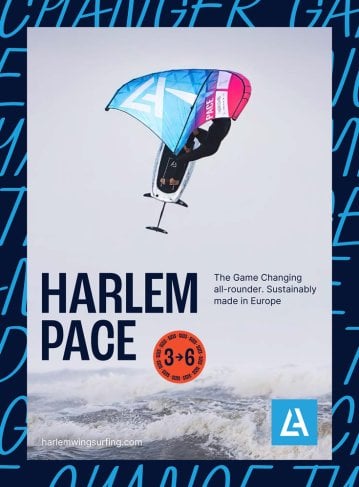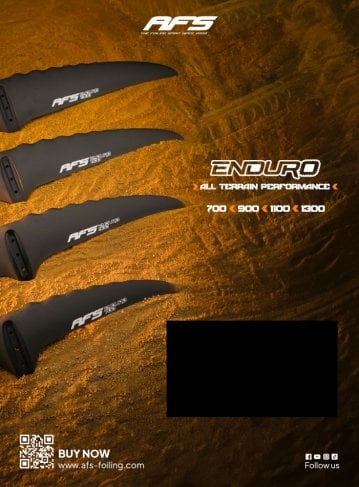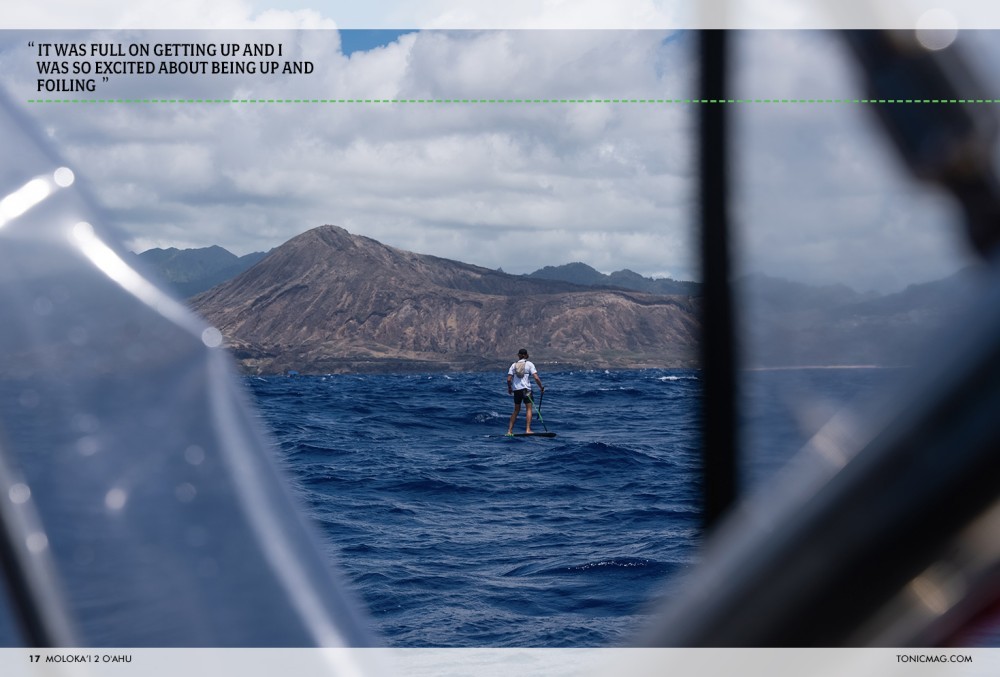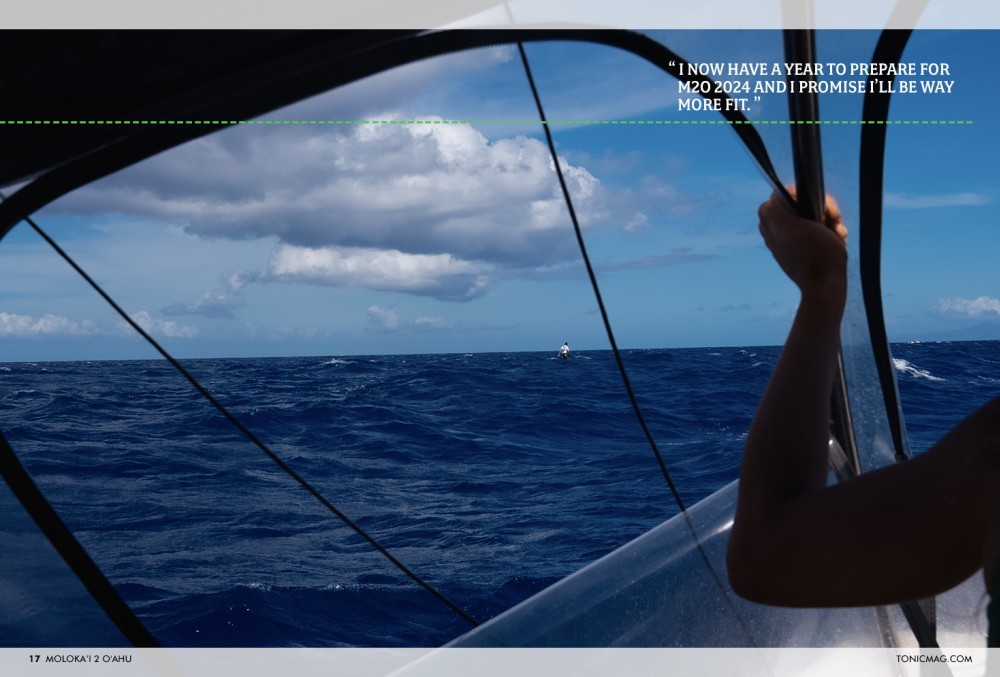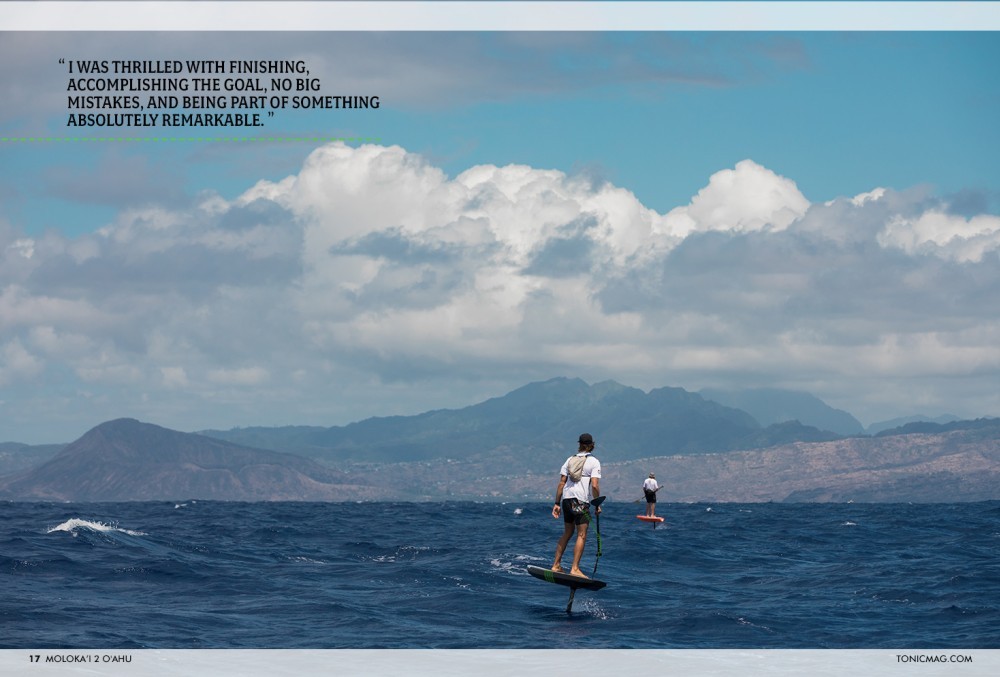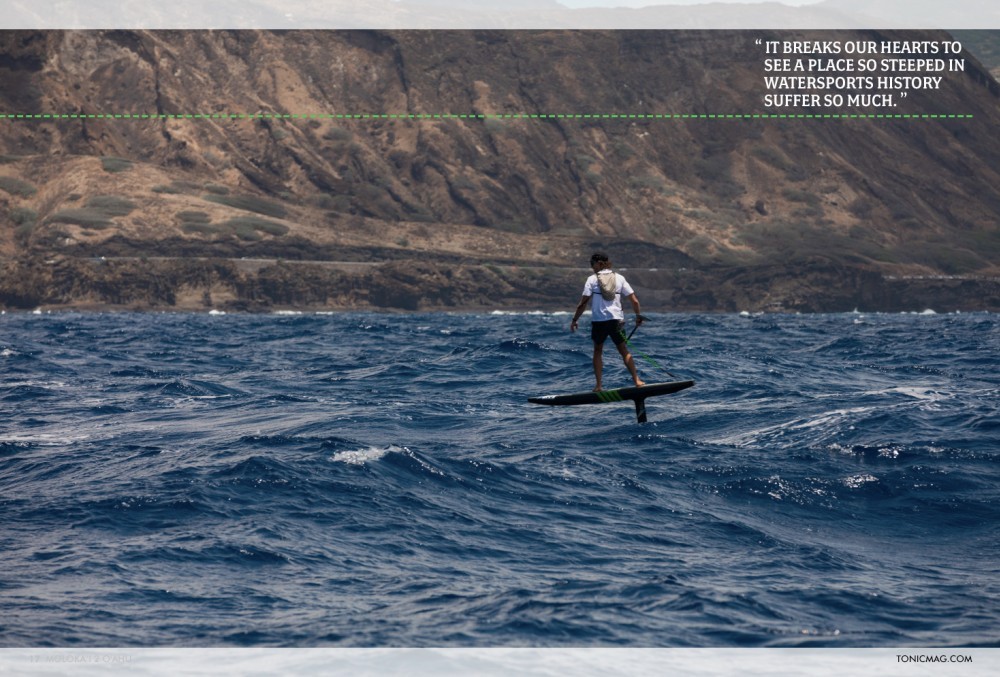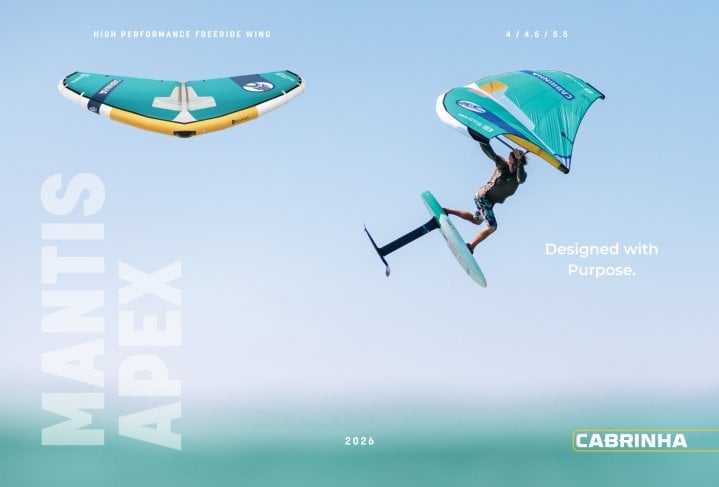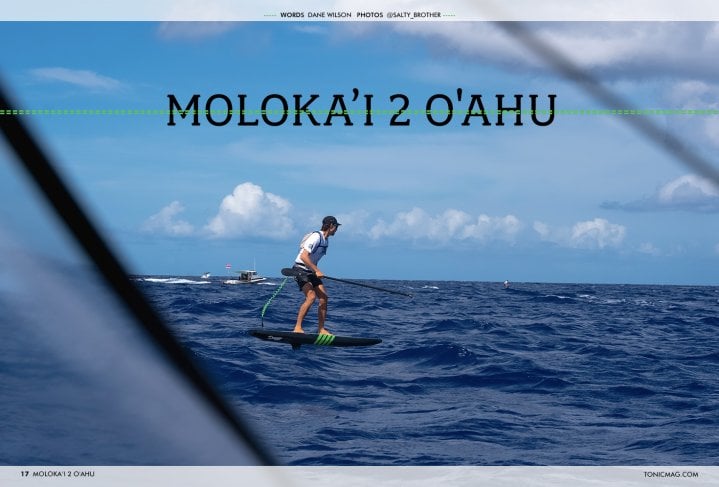
Moloka’i 2 O’ahu - Dane Wilson
Issue 17 / Mon 4th Sep, 2023
Often classed as the world’s most challenging paddleboard race, the 32-mile crossing features a flat water start and a 2-mile upwind finish. Dane Wilson shares is race story.
When I first found out about the Molokai to Oahu race I felt like it was one of those things just not possible for me. It’s intimidating, but peaks excitement at the same time. I’m not a huge fan of endurance racing. I grew up sailing and love to compete, but long, slow, distance is a different beast. M2O was a huge departure from what I was familiar with.
I played all kinds of sports as a kid, but sailing hooked me. In 2020 I qualified for the US Olympic team in the 49er class. The tragic end of that story I’ll save for another time. The point being, setting goals and grinding through the steps of training, organising, and putting the hours in somehow makes me happy. And, I’ve done it a lot. I get the drill. The hours aren’t fun necessarily, but standing at the finish line and knowing you competed and gave it a good shot is an amazing feeling.
The unexpected thing about my lifetime of sailing experience is that it translates perfectly to downwind foiling. I picked up the sport relatively quickly and then a year later I forced myself to learn to Stand Up Paddle. At first, it felt impossible, but once it clicked, I realised the SUP allows for a whole other realm of ocean experience because it unlocks access much further offshore in a really unique way. This is the draw, a completely different level of solitude and connection with the ocean, and risk if you mess up.
The feeling is more pure than sailing. It’s simpler, a more rhythmic sensation. It is such an addicting feeling, endlessly flowing through the vastness of the ocean, completely dialed into the energy of the swells and waves. Just a light wind in your ear, the sound of some breaking waves, and a soft whistle of the foil. When everything is going right, it’s almost effortless. It’s the closest connection with the ocean I’ve experienced.
I signed up for M2O at the last minute. Not advised when taking on something as epic as M2O. I asked FFB if they would support me if I entered. I pitched them on the idea it could be a cool experience for everyone without really knowing how any of it would play out. My thinking was that training for M2O would present the next level beyond what we’ve created in our little downwind scene in California. That was an understatement.
The barrier to entry for anyone to get into downwinding is pretty big. The sport is growing slowly, surely. The community is growing. And, the best thing about the foil community is everyone’s willingness to share. So the leap from local crew to M2O meant learning a lot in a short period of time. We set up some group chats with some racers and “coaches” to help with line choice, gear options, and helpful tidbits on technique, challenges, and conditions. This, it turns out, was hugely helpful. I went from naive to novice to entrant pretty quickly. Best sometimes to just jump in the deep end.
I ended up doing most of my on-water race prep and training in Rancho Do Peixe, a small resort in the Northern part of Brazil. I rode a tiny prototype Dagger that forced me to be perfect in my paddle technique. And the resort allowed me to do 10-mile runs with a shuttle service ferrying me back up the beach almost every day. I came away from three weeks there feeling stronger, with a bit more endurance, and some bona fide confidence in my abilities. When I got back to California I was able to get on my new board and the new Lift foils I was planning to use for the race. I stuck to the 150HAx knowing that the start and finish would be crucial. I got to Hawaii a couple weeks early and was able to put together some runs in the local conditions. These sessions, some good miles running with my dog, and a little yoga made up the lion's share of my training for the race. Not a four-year Olympic cycle, but hopefully good enough.
The lead-up of organising, getting to the islands, and final steps seemed to loom over me forever. The race itself happened in a heartbeat. The start haunted me in the lead-up. I knew it was going to be my Achilles heel. When I was able to flat water start at the beginning, which is the technique I had learned only two weeks before the actual race, I was ecstatic, stoked, really happy. It was full on getting up and I was so excited about being up and foiling I didn’t realise I was completely surrounded by power boats churning up the ocean, I veered right back to the main fleet because I had drifted down to the left of the start line. Within a minute of starting, I was down again, and engulfed by boats, wakes, chop, a mess. I waited for 4 or so minutes for the boats to clear out, then basically restarted. I was able to pop back up quickly and continue on. My support team on their safety boat was behind me yelling at me to stay calm, that I wasn’t the only one suffering. With that, I was able to calm my breathing and settle into a good rhythm. The rest of the race was all about meticulously reading the bumps and saving energy. I got into this hyper-focused mode just looking for the next bump and the next. Lesson learned. I now have a year to prepare for M2O 2024 and I promise I’ll be way more fit. The good news is I had the speed to keep up. The bad news, more work is to be done on the endurance front.
After settling into my rhythm, I methodically made it across the channel without drama. I had a good support plan for food and water and made it to China Walls feeling okay, but approached maybe slightly higher than ideal. Nevertheless, I was happy. It was a safe line. Conditions at China Walls were way different. There was almost no wind and a lot of backwash. After a few close calls with wingtip breaches and some board touches I made it through. At this point I was super tired, getting a bit crampy in the legs and facing the dreaded final section, which was ultimately boiling down to be a long prone paddle (arm paddle). To add to the challenge, my board choice ended up being on the short side, not perfect at 6’ 10”, and, as it turns out, probably one of the shorter among all the competitors. At China Walls, my right quad was cramping. It would seize up if I kept my leg straight for more than just a couple of seconds. So nursing that kept me from being able to pump super effectively. I got around China Walls and fell off foil almost immediately. My support boat swam me a water bottle, I chugged as much as I could and started the very long paddle. It was definitely the slowest end to any race I've ever competed in of any kind. Paddling as hard as I could for 30ish minutes while other paddlers with longer boards seemed to just cruise right by. Painful.
I ended up crossing the line in just under 3 hours. I was completely spent. Arms were noodles. Legs didn’t work so great. But, I was thrilled with finishing, accomplishing the goal, no big mistakes, and being part of something absolutely remarkable.
My takeaways include a bunch of practical lessons learned. Beyond those though there is the inspiring stuff. The sport is evolving at a crazy pace. The foil and board designs are incredibly cool and advancing fast and furiously. The fitness level for downwind racing is going to become next level for certain. The froth levels of everyone involved with the sport are through the roof. And, being part of M2O, the traditions, history, the place, the support, community, and all of the magic of Hawaii were emotionally uplifting, reaffirming, and beyond words.
I want to thank all of the individuals that made this race possible and possible for me. The people behind the scenes contributing to the gargantuan organising effort. The race officials. My support boat crew. My mini support team of Marcela and my brother and partner Quinn for everything leading up, feeding me, coaching me, cheering me on, filming and documenting the race, and making all of the little details fall into place. FFB for sponsoring me and helping with the race and designing a sick board. And, to countless others for helping me get into the sport and to learn and for keeping the stoke alive. Thank you all. I’m deeply grateful.
A word from Tonic Mag:
Since the M2O took place, Maui has seen complete devastation due to severe wildfires. It breaks our hearts to see a place so steeped in watersports history suffer so much. Foilers, surfers, kitesurfers, and windsurfers have lost their businesses, homes & loved ones. If you’d like to support the families of Lahaina, please follow this GoFundMe link:
https://www.gofundme.com/f/aid-to-lahaina-families-affected-by-the-wildfire
By Dane Wilson


